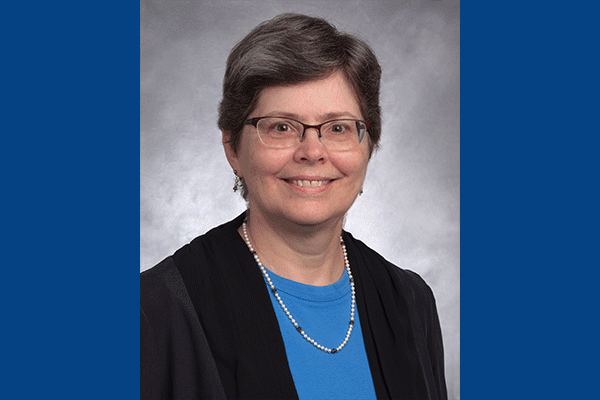
Laura Hale, MD PhD, has received a five-year grant award through the National Institute of Aging as part of a program project to determine mechanisms that control age-related thymic atrophy and changes in immune function and to identify therapies that can rejuvenate immune responses in older individuals.
The thymus is unique in that it begins to atrophy very early in life compared with other organs. For example, degenerative changes can already be detected in the thymus of human children and in young mice who are not yet reproductively mature. However, the decline in immune responses to pathogens comes later in life (older than 60 years in humans and older than 18 months in mice). A major goal of the program is to identify the best time to institute rejuvenation strategies so as to maintain strong immune responses against pathogens at these older ages.
The program project is comprised of three separate research projects and four cores. Hale will lead the Human Target Verification and Thymic Function Core. Working with Andrew Macintyre, PhD, in the Duke Human Vaccine Institute, her team will use human thymus and lymph node tissues, cryopreserved thymus cells, and single cell RNA sequencing of human thymus from across the life span to validate the relevance of the mechanisms identified by the research projects using mice.
Janko Nikolich, MD, PhD, with the University of Arizona-Tucson, is the overall program project leader. Project investigators are also located at Memorial-Sloan Kettering Cancer Center, Fred Hutchinson Cancer Center, University of Texas at Austin, MD Anderson Cancer Center, and Arizona State University.
The three separate research projects have the following objectives:
- Project 1 aims to understand the mechanisms that underlie thymic regeneration and how these mechanisms might be altered with age.
- Project 2 aims to understand how changes in hematopoietic stem cell (HSC) precursors and the thymic microenvironment - complex network of interaction comprised of non- lymphoid cells -alter the overall cellularly and output of the thymus with age. HSCs are (HSCs) are multipotent precursors that have self-renewal capacity and the ability to regenerate all of the different cell types that comprise the blood-forming system.
- Project 3 aims to understand how age-related changes in peripheral lymphoid organs, such as lymph nodes and spleen, interact with thymus changes to create decreased immune responses with aging.
This program project contains these four cores, defined as groups that provide services to the three research projects:
- The Scientific Integration and Administration Core (University of Arizona – Tucson) will manage and facilitate coordination between the project and core teams.
- The Data Sciences Core (University of Arizona – Tucson) will provide integrated bioinformatics and biostatistical support.
- The Human Target Verification and Thymic Function Core (Duke University) will provide human thymus tissues and data regarding human thymus function to allow projects to verify whether any findings obtained in mice are also relevant in humans.
- This core will test whether the thymus/peripheral immune rejuvenation strategies proposed by the projects will improve functional immunity by challenging old mice with specific infectious diseases in the presence and absence of rejuvenation treatment.
Since 1995, Hale has served as Principal Investigator or co-investigator on over 40 NIH-, DOD-, and privately funded grants that studied mechanisms and novel therapies for immune-mediated diseases and cancer. This new program complements her ongoing work relating to mechanisms of thymus aging, thymus reconstitution after injury, and immune system establishment or regeneration via implantation of cultured thymus tissue (thymus transplantation). Read more about the Hale Lab here.